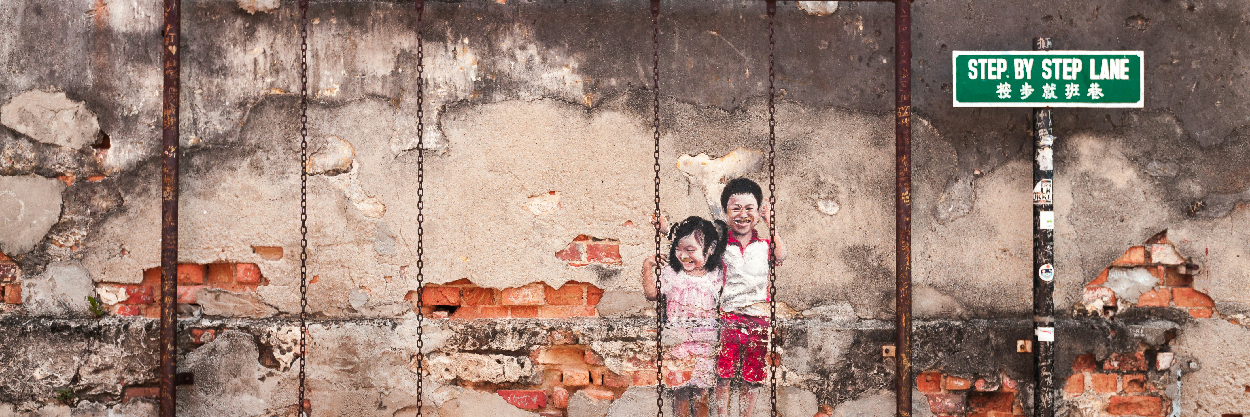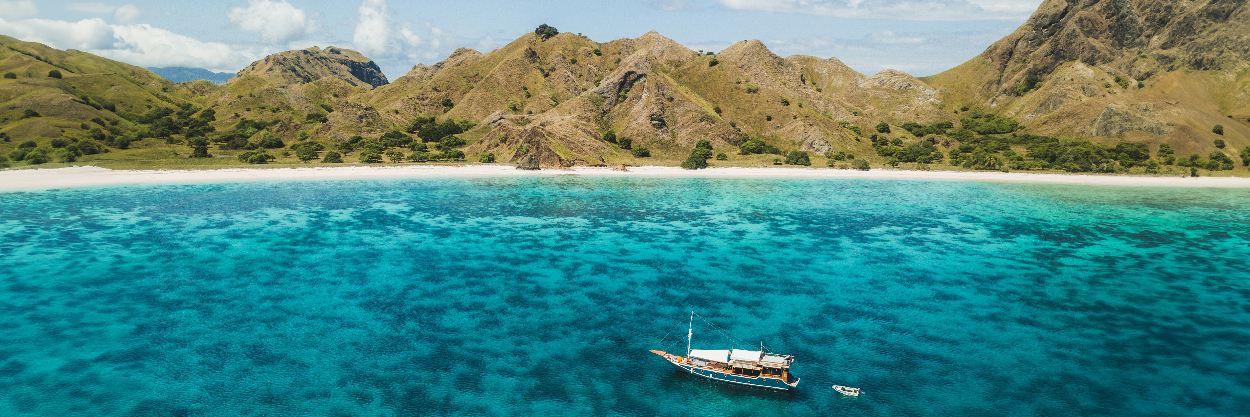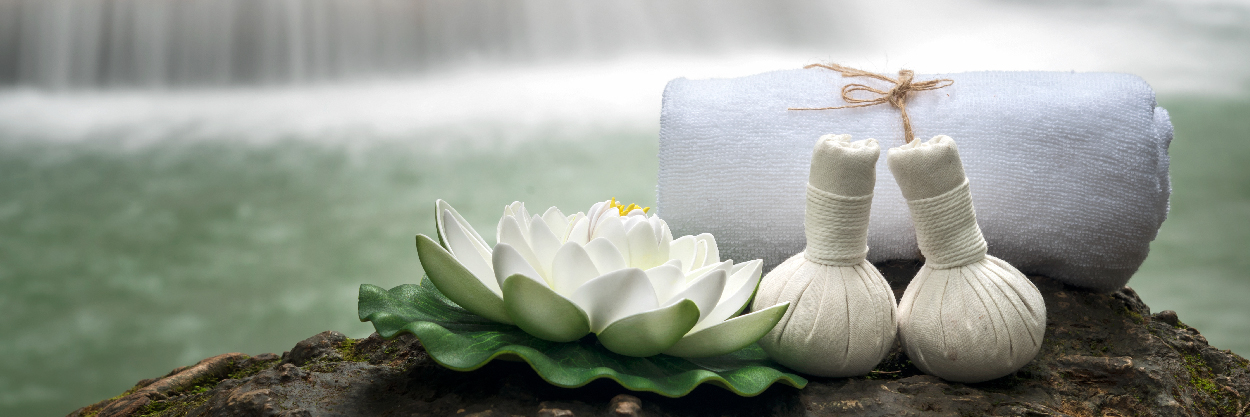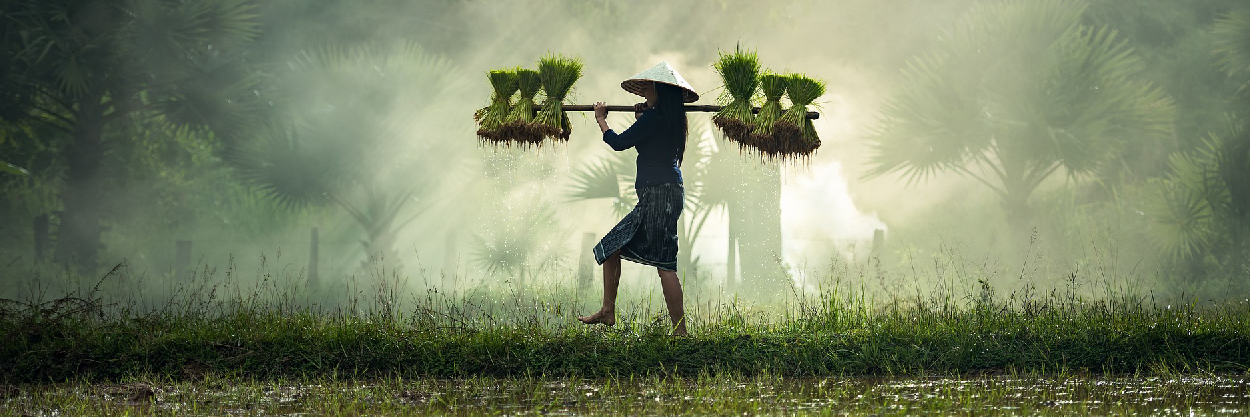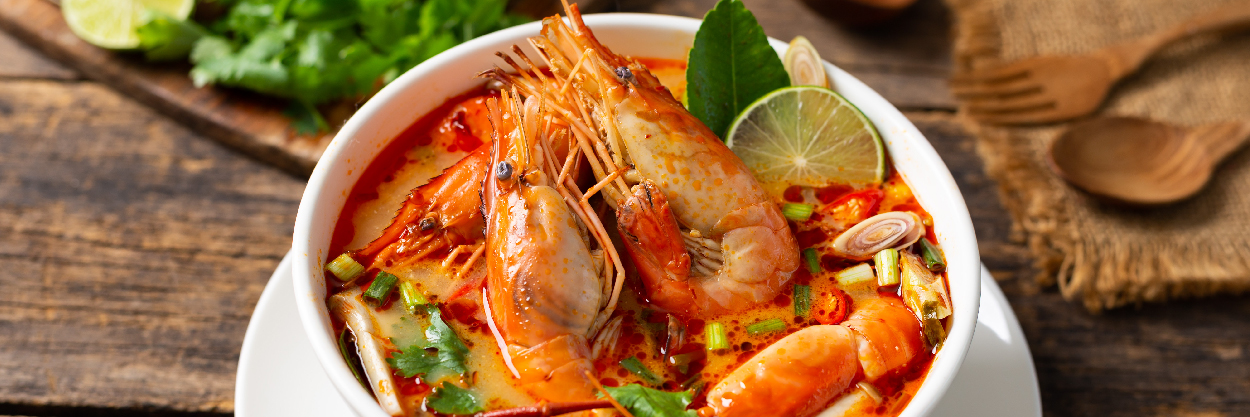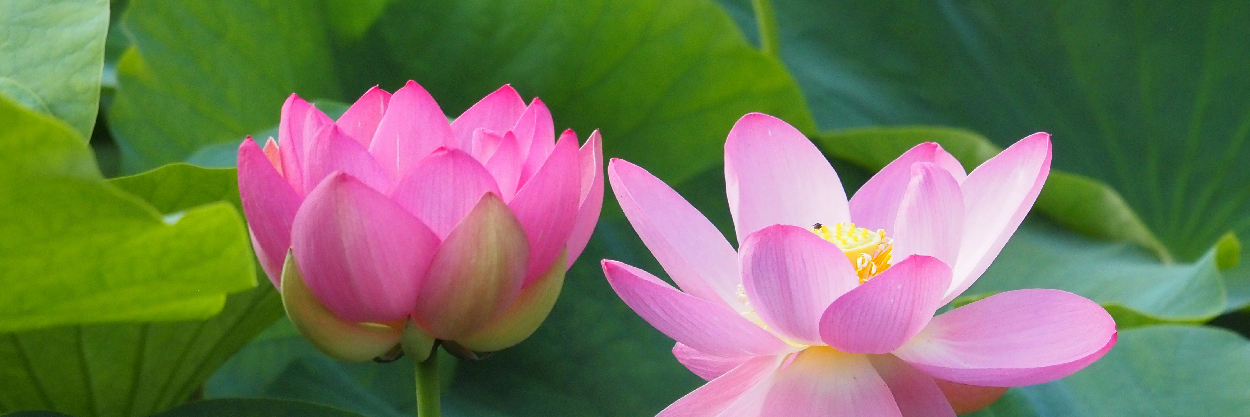Singapore
Fast Facts
Visa-free |
|
Other visas |
Nationals of some Middle East and African countries must apply for a visa in advance at their nearest Singaporean consulate. Please check the details and requirements on the website of Singapore’s Immigration and Checkpoints Authority. |
Singapore Arrival Card (SGAC) |
All travellers are required to submit a Singapore Arrival Card (SGAC) within three days prior to arriving in Singapore (including the day of arrival). The form can be completed via the SGAC online portal. |
Documents required on arrival |
|
All the above information may change without prior notice. It remains the traveller’s responsibility to check visa requirements before travelling.
Time zone |
GMT+8 |
Language |
Singapore has four official languages: English, Malay, Mandarin and Tamil. Various dialects of Chinese are also spoken, including Cantonese and Hokkien. English is widely spoken and understood throughout the country. |
What to pack |
|
Electricity |
The standard voltage in Singapore is 230V (50Hz).
|
Phone & internet |
A local sim card is easily available at the airport or from a local service provider. An extensive 3G/4G/5G network is in place and covers most urban areas. |
 |
Asian Trails is a proud partner of ChildSafe. Learn more about keeping children safe while travelling with these 7 Tips for Travellers. |
Do |
|
Don’t |
|
Currency |
Official currency of Singapore: Singaporean dollar (SGD) Foreign currency is rarely used for everyday transactions. Cash can be exchanged at banks, exchange bureaus and some hotels. ATMs that accept foreign cards are widely available. |
||||||||
Banking hours |
Usual banking hours are:
|
||||||||
Credit cards |
Credit cards are widely accepted nationwide. | ||||||||
Tipping |
While not compulsory, gratuities are always appreciated in Singapore. Tipping is not part of the local culture, but many in the travel and service industry are accustomed to receiving a small amount for good service. Please consider the following as a guide to common practice, although tipping and the amount to tip is always at the discretion of the individual.
|
Buses |
Public buses provide extensive coverage, providing access to most of the city’s central landmarks as well as more suburban and residential areas. |
MRT (Mass Rapid Transport) |
The city’s metro system reaches the far corners of the city-state, including direct connections between Changi International Airport and the downtown area. Travel cards that cover both the MRT and bus network are available at numerous sales points. |
Eastern and Oriental Express |
This luxury line departs from Singapore’s Woodland Railway station for the journey to Bangkok, Thailand, via Kuala Lumpur and Butterworth, Malaysia. |
Taxis |
Metered taxis operate 24/7 and are generally easy to flag down anywhere in the city. Supplementary charges may apply after 10 pm and before 6 am. Rides can also be booked via the Grab mobile app or local equivalent. |
Rickshaws |
This traditional mode of transport can still be found in designated heritage areas of Singapore and offer a unique way to explore and experience the destination. |
Religion |
Singapore is a multicultural society with Buddhism as the dominant religion, with 33 per cent of the population followers of this faith. The constitution guarantees religious freedom and relations between different religious groups are harmonious and tolerant. Christmas, Chinese New Year and Deepavali have all been declared national holidays alongside Islamic holidays. The large Chinese population practices a mixture of beliefs, with influences from traditional religions followed in China such as Taoism. Hinduism is followed by many Indian communities and a colonial past created followers of Christianity. |
Food |
Singapore’s culinary tradition reflects the waves of immigration, settlement and assimilation that brought uniquely delicious flavours from its multicultural Malay, Indian, Chinese and Eurasian population. Primarily consisting of Malay, Chinese and Indian influences, the actual Singaporean cuisine is a hybrid, derived from cross cultural influences such as Mamak (Indian-Muslim) and Nyonya (the Malay-Chinese mix).
For a broad selection of various styles of food, head over to one of the hawker centres across the city. These provide cheap, delicious, fresh food and they are an excellent way to mingle with the locals. Due to its culinary diversity, there is always something to the visitor’s taste around every corner. Many Singaporean dishes revolve around rice or noodles, accompanied by curries, fried chicken or fish and vegetable dishes. Common local dishes:
|
Shopping |
Singapore is a shopper’s paradise with over 20 large malls, most of them concentrated within the downtown region and within walking distance of the major hotels. Department stores and retail shops usually open from 10 am to 10 pm throughout the week, including Saturdays, Sundays and some public holidays.
The best places for high street shopping are around Orchard Road, Marina Bay and near the Harbour, while those after cultural handicrafts should visit Little India, the street markets in Chinatown and Bugis, especially the renowned Haji Lane. The Tekka Centre is the best place to experience an old-fashioned market atmosphere, where fresh meats, fruits and vegetables, spices and other local ingredients are sold in abundance. This is also a dining destination with several stalls serving the nation’s diverse cuisines. Many districts in Singapore, such as Little India, Chinatown and certain Peranakan areas, organise regular street markets where a collection of indigenous artefacts and souvenirs are for sale. What to buy:
|
Vaccinations |
Proof of yellow fever vaccination is required if you have recently travelled to a country where the disease is present.
There are currently no other vaccine requirements, although it is advisable to be up-to-date with standard inoculations, such as:
Consult your doctor for the most appropriate medical advice. If you require a particular medication, ensure that you pack an adequate supply, as it may not be available locally. |
Drinking water |
Tap water in the Singapore is potable, but most locals prefer bottled or filtered water. Bottled mineral water is easy to find at convenience stores around the country. To minimise plastic waste, refill stations for filling up reusable water bottles can be found in some parts of the city. Ice cubes are usually safe if served at a hotel or restaurant, but best avoided at street stalls and in remote parts of the country. |
Safety |
Singapore is a safe country to visit. However, it is advisable to take some precautions to safeguard your belongings:
|
Insurance |
Travellers are advised to obtain appropriate insurance to cover any accidents or medical emergencies while travelling. In some cases, treatment will not be administered without proof of travel insurance. Ensure that your plan covers motor vehicle accidents if you intend to hire a car or motorbike. Emergency evacuation cover is highly recommended as you may have to fly out of the country for treatment. |
Emergency numbers |
|
This information was valid at the time of publication and it is subject to change at any time. We cannot be held responsible for any external links. You acknowledge, by your use of this site, that you use it at your own risk and that Asian Trails shall not be liable for any damages of any kind related to your use of this site, or the information contained within. We reserve the right to correct any errors, inaccuracies or omissions and to change or update information at any time without prior notice.




